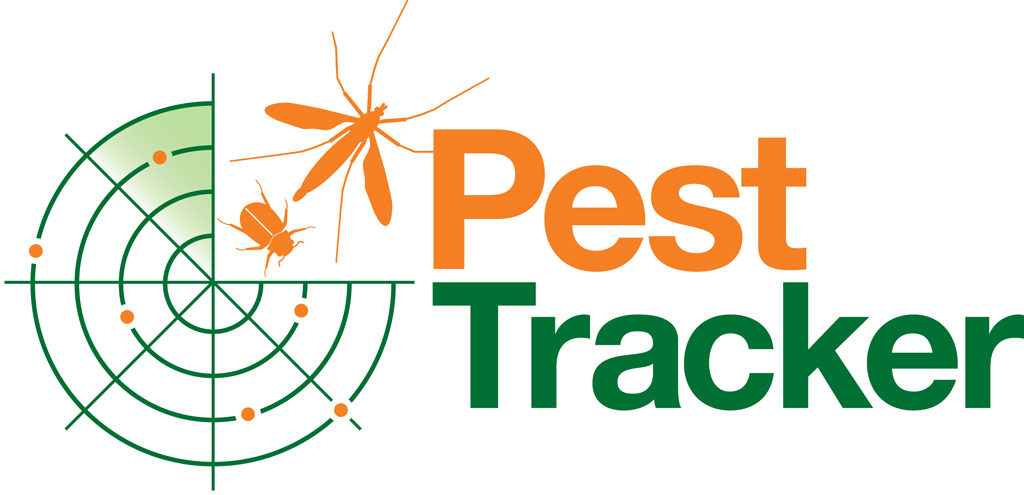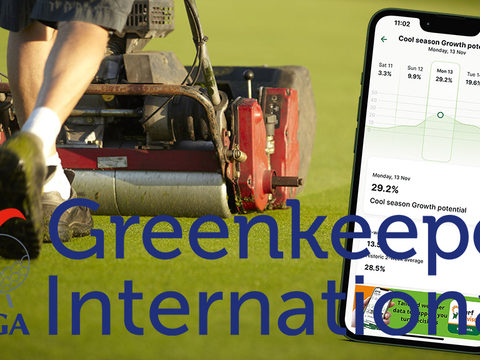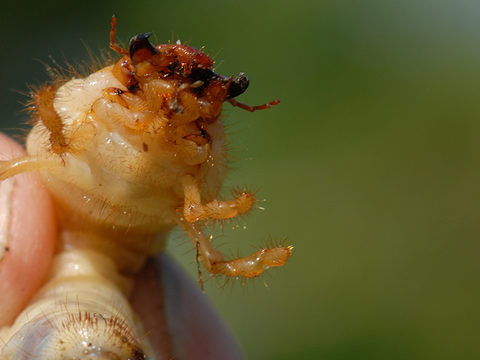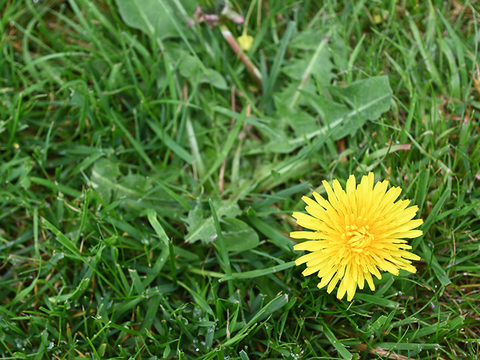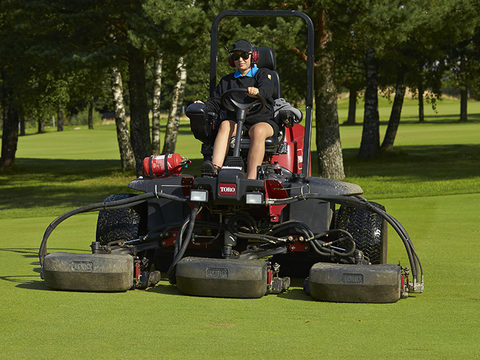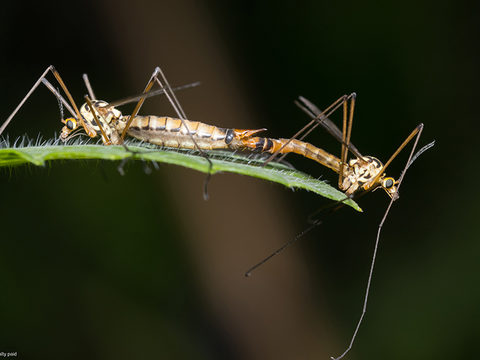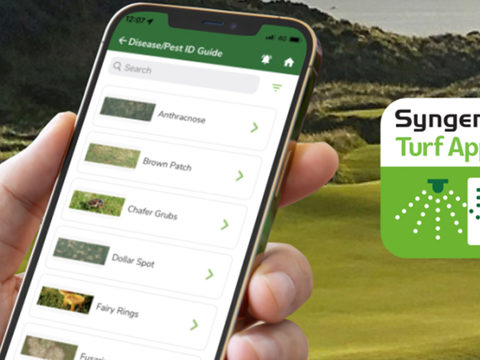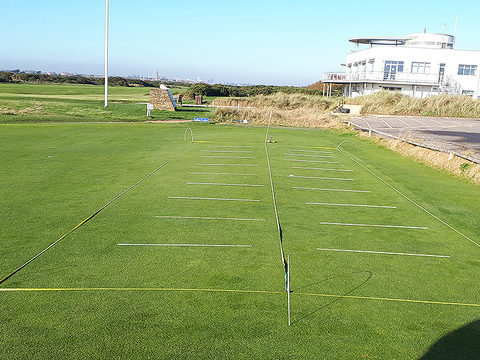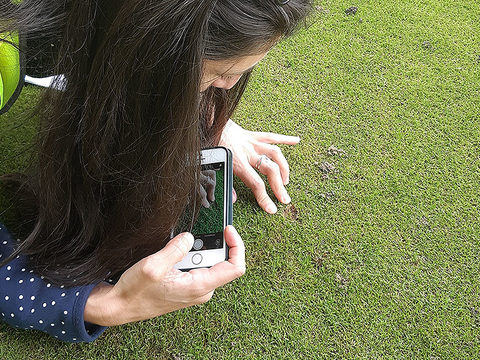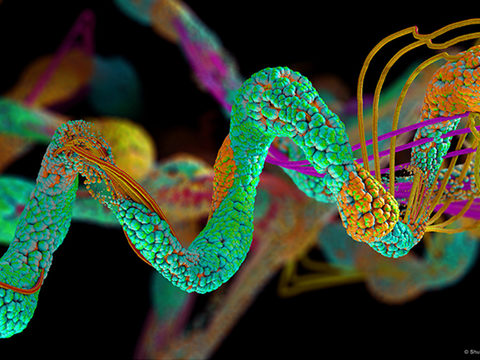Pest test for leatherjacket populations
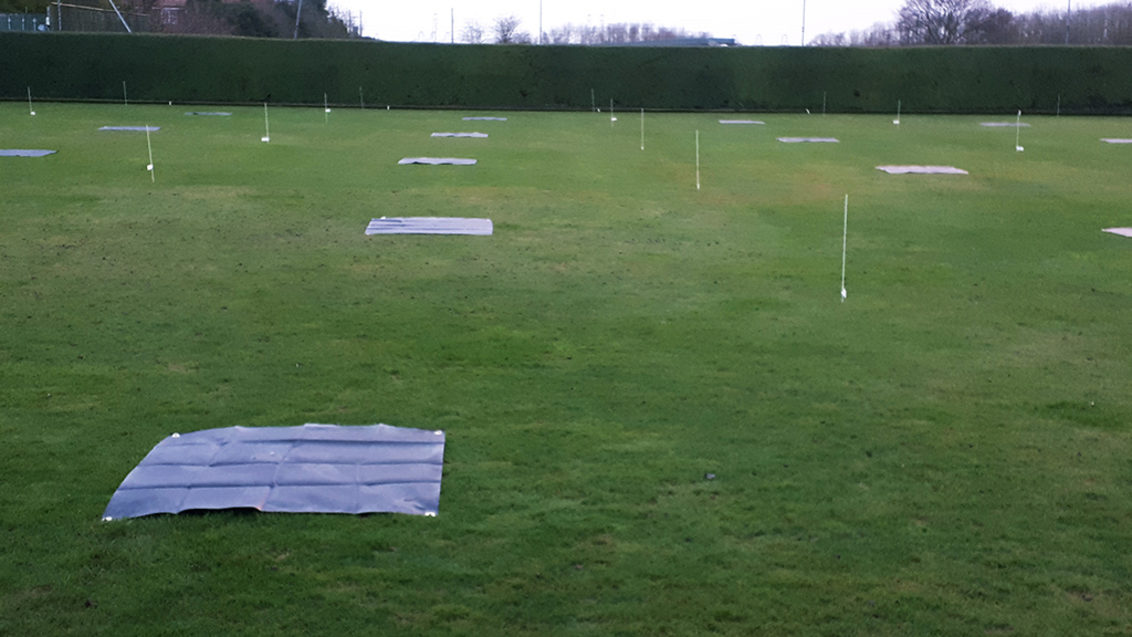
You can test for leatherjacket numbers by pinning down a heavy-duty tarpaulin, or similar cover that won’t blow away, onto a surface overnight. If it is dark and holds moisture, the leatherjackets will surface, and can be counted.
Generally, soils temperatures do need to be above 6-8⁰C overnight to see leatherjacket activity, but is, in itself, a good technique to evaluate when they are on the move.
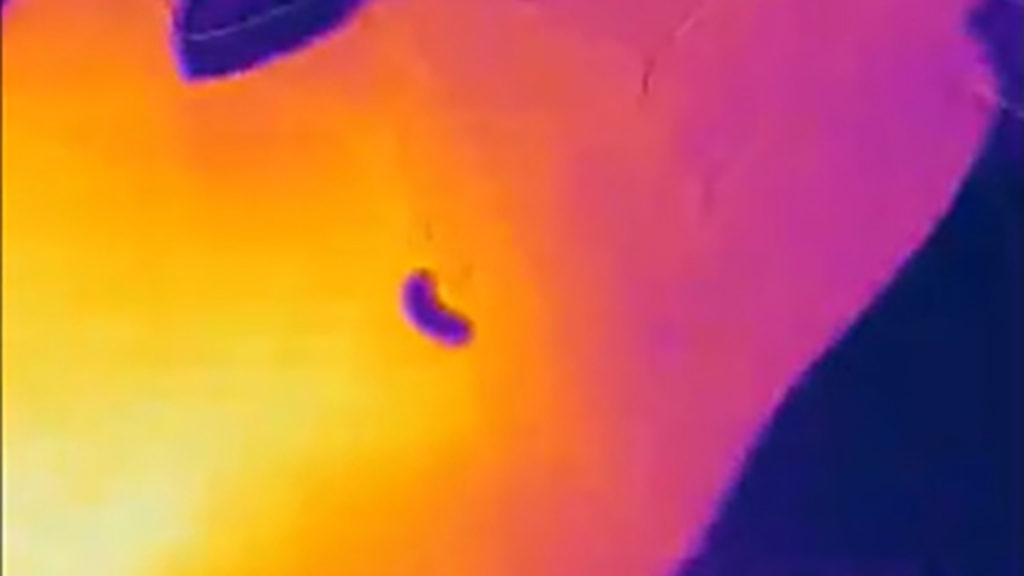
And if there's any doubt over the effect of temperature, place a cold non-moving leatherjacket on the palm of your hand, and within seconds they start to move.
It does take time to accurately record, since some of the leatherjackets will be small – which is a good indication of how recent the egg hatch was and the age of the population. Small leatherjackets are more easily controlled with any treatment, so it can be an aid to application timing of potential treatments.
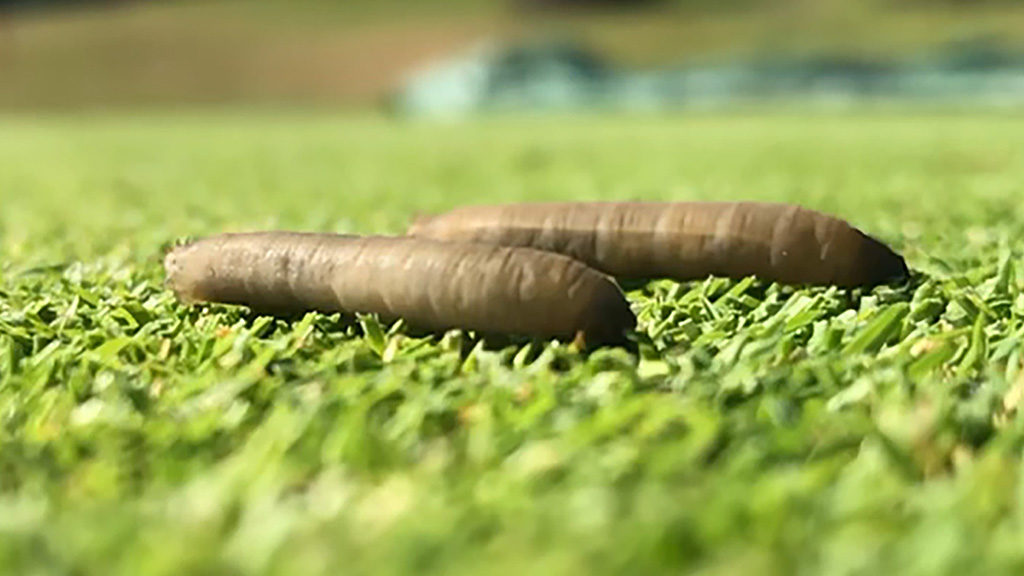
In one particular instance of monitoring, the populations captured were correlated back to the level of damage experienced, which gave an assessment for this course to suggest:
- Less than 12 leatherjackets m2 – negligible effect on turf quality
- 13 – 24 leatherjackets m2 – turf quality acceptable
- Over 25 leatherjackets m2 – serious effects on turf quality
Every situation will have a different threshold for the numbers of leatherjackets deemed to be causing unacceptable damage – which could also change year-on-year, depending on plant health and growing conditions to compensate for damage.
Recording successive seasons of monitoring on the same green will indicate if the situation is getting better, or worse and give us really good insights into appropriate management techniques.
Don't forget to also record adult crane fly activity on Pest Tracker - to help build up a picture of pest timing and distribution.

